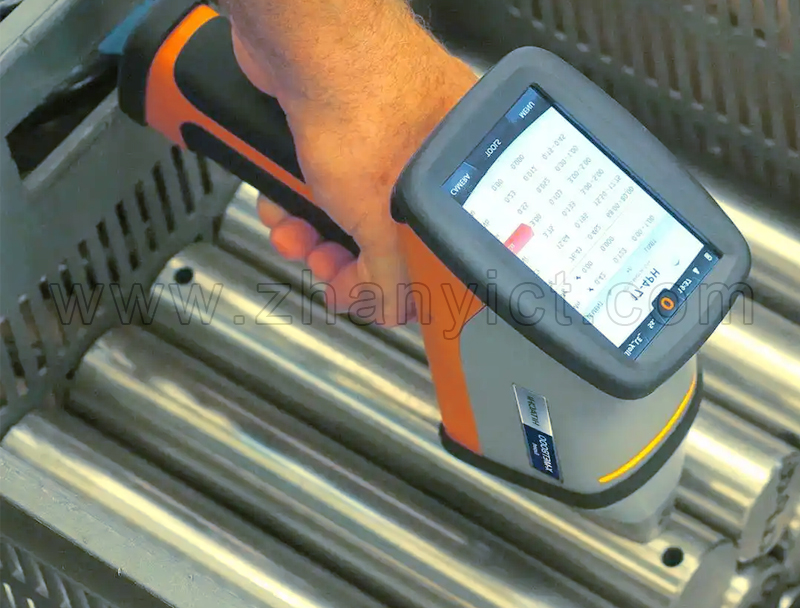A Guide to Avoiding Pitfalls in Customized Insulated Tumblers - Part 1
There are stories in every mug, and warmth in every life. Hello everyone, welcome to "Dong Dong's Cup Talk" As the peak season for insulated tumblers approaches, our daily business inquiries have been increasing steadily. Among these inquiries, we’ve noticed that some friends have extensive experience in customizing tumblers, while others still hold certain misconceptions. Today, we’d like to share some stories from the industry over the years.
To avoid legal issues, we will not use real company or personal names in these stories. Please treat them as fictional tales. As adults, we all have our own judgment, and we hope these stories will help you avoid common pitfalls when customizing insulated tumblers. We’ll share these stories in separate installments, each focusing on a different scenario. If you’ve encountered similar or different experiences while purchasing tumblers, feel free to share them with us!
Story 1: The Prestige Crisis of a High-End Brand - Purchaser A (A Well-Known International Tumbler Brand)
Points of Contact: Factory Business Supervisor & Product Engineer
Procurement Characteristics: Pursuit of quality and brand reputation, strict requirements for materials, craftsmanship, and safety, large order volumes with long cycles.
(Disclaimer: The following story is narrated in the first person for clarity, but it did not occur at our factory. The content is based on accounts from individuals involved, and we do not verify its accuracy.)
A’s Pitfall Experience:
One year, "we" customized a batch of high-end insulated tumblers for our flagship series, marketed as "316 stainless steel inner layer, pure and odor-free." The samples were perfect, and routine spot checks of the bulk order passed standard tests. However, a meticulous quality inspector noticed that a few tumblers exhibited slight magnetic attraction near the rim when tested with a strong magnet (316 stainless steel should be non-magnetic or weakly magnetic). This raised immediate concerns!
Our engineers dissected several tumblers and were shocked to discover: while the inner bottom was indeed made of 316 stainless steel, the main body was 304 stainless steel, and the outer shell was even made of 201 stainless steel! To cut costs, the factory had cut corners in critical, less visible areas. This not only risked corrosion and rust at welded joints but also directly contradicted our core selling point of "purity." The consequences included an emergency recall, compensation, and significant damage to our brand reputation.
Our Advice to Avoid Pitfalls:
1. Demand "Dissection-Level" Material Reports:
Insist on independent material certification (e.g., spectrometric analysis reports) for key components (inner body, bottom, handle, outer shell, etc.), clearly specifying material grades.
2. Conduct Surprise QC Inspections:
During production, arrange unannounced inspections focusing on material testing and verification against contract specifications to ensure no unauthorized substitutions.
3. Multi-Point "Health Checks":
After delivery, use professional equipment (e.g., spectrometers) to conduct destructive or non-destructive tests on multiple areas (rim, bottom, body, etc.) to expose any substandard materials.
We hope this story helps you make informed decisions and avoid similar pitfalls!

There are stories in the cup, life has warmth, use a good cup to enjoy a healthy life. We provide OEM business to more than 100 companies around the world, and produce more than 3 million pieces of various stainless steel/plastic cups and pots annually. Honoring promises, keeping reputation, ensuring quality and quantity, and delivering on time are our service principles and our professional commitment. Dongguan Zhan Yi Commodity Technology Co.,Ltd. welcomes global merchants to conduct on-site factory inspections and in-depth cooperation.